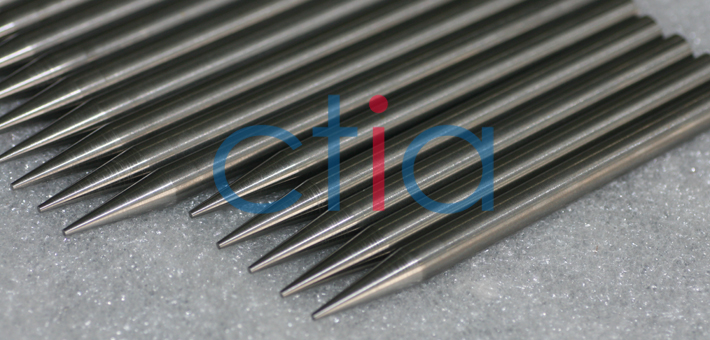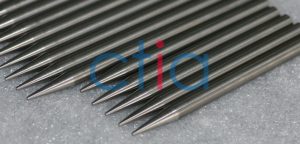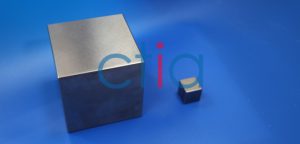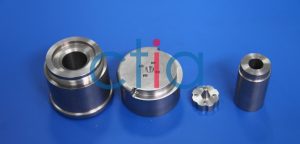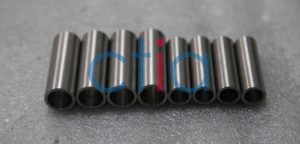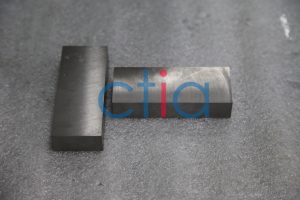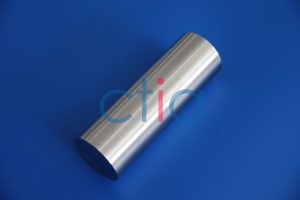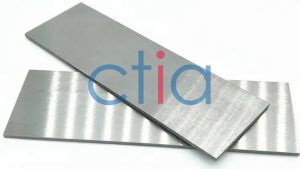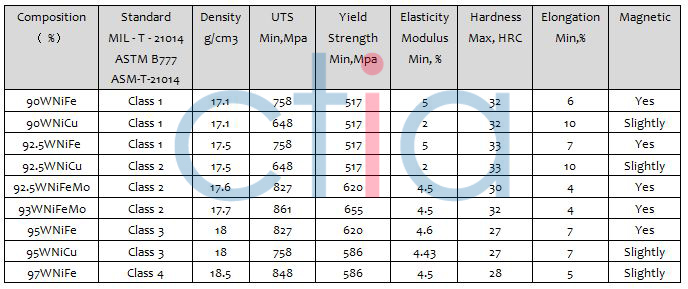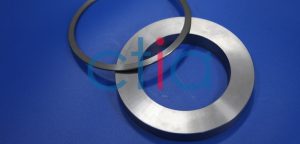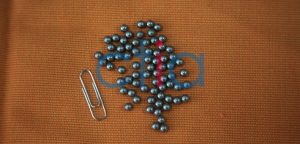Product Introduction
Military tungsten alloy products are mainly used for bullets, armor-piercing bullets, warheads, grenades, artillery, tank guns, tail stabilized shell-piercing armor-piercing bullets, various weapons and ammunition, etc. Tungsten alloys are gradually replacing lead and depleted uranium. As raw materials for military products, tungsten alloys are non-toxic, pollution-free, high-density (60% higher than lead and higher than steel), high temperature resistance, high melting point, high hardness, corrosion resistance, high Tensile strength, high initial velocity, long flight distance and high accuracy.
Military Tungsten Alloy Sphere and Military Tungsten Alloy Cube
Military tungsten alloy balls and cubes are widely used in the military field, and their components are mainly composed of W-Ni-Fe, W-Ni-Cu and W-Ni-Cu-Fe. Some tungsten alloys also contain metal elements such as cobalt, molybdenum, and chromium. Military tungsten alloy balls can be made into different specifications.
Tungsten Alloy Swaging Rod
Tungsten alloy swaging rod is made of tungsten alloy rod by swaging. Common methods used in processing include extrusion, forging and sintering. After swaging, tungsten alloy swaging rods have higher elongation, hardness and tensile strength. Tungsten alloy swaging rods have a longer service life. Tungsten alloy swaging rods are widely used in the military field and can be used as rifle bullets, armor-piercing bullets, and anti-material sniper rifle bullets.
Advantages of tungsten alloy swaging rod: low cost, easy to use, simple processing, good wear resistance, high hardness (40HRC, the strength of tungsten alloy rod is between 26HRC and 30HRC), high tensile strength (1200MPa~1400MPa).
Prefabricated Fragments
Tungsten alloy prefabricated fragments use tungsten alloy balls to form a large number of high-speed fragments to kill the target. Tungsten alloy prefabricated fragments can effectively kill people, unarmored or lightly armored targets, aircraft, radars, missiles and other weapons and equipment. With the development of fragmentation warheads, fragmentation warheads can be divided into three types: conventional warheads, pre-controlled fragments and prefabricated fragments.
